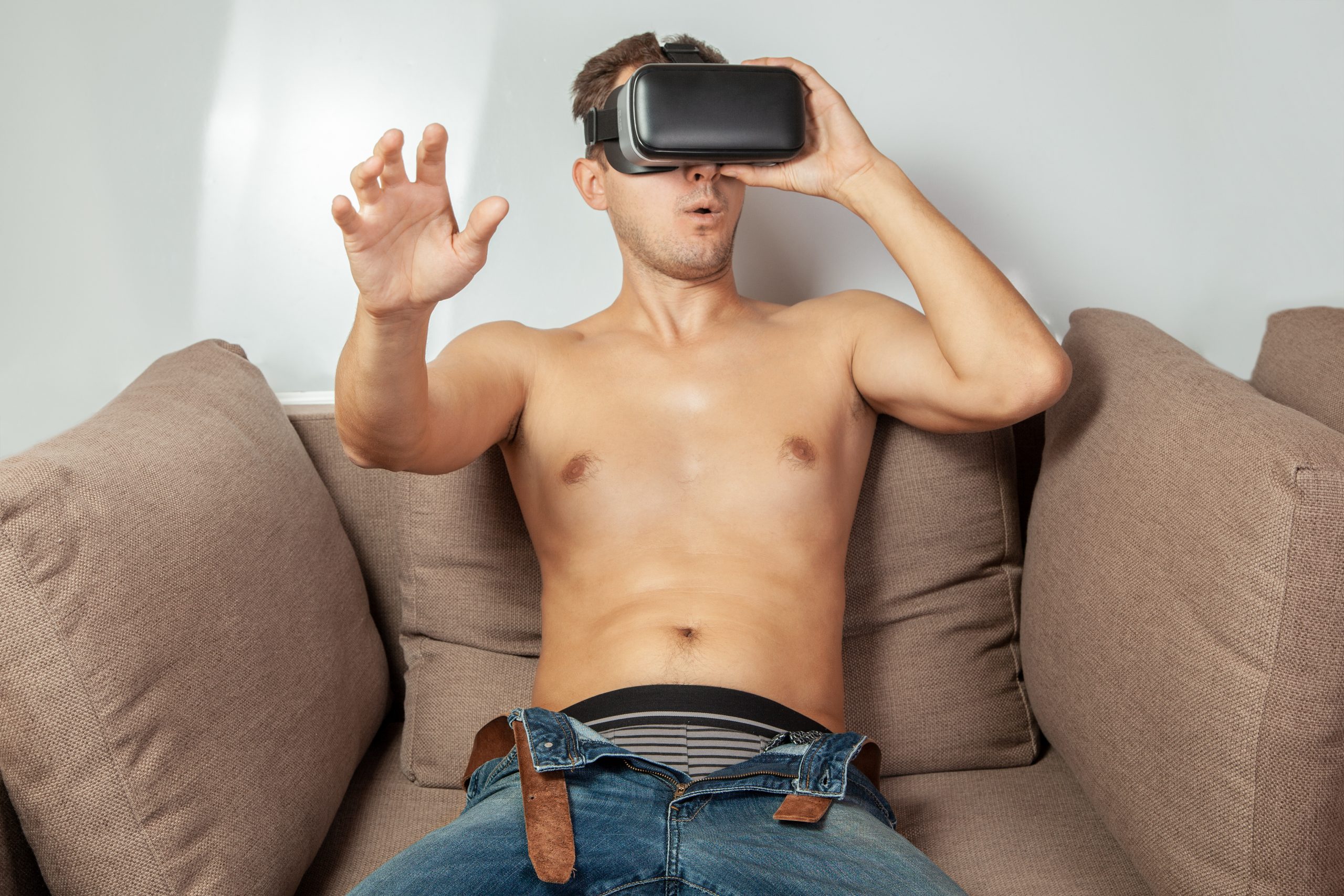Virtual reality is a computer technology that uses software to generate realistic images, sounds, and other sensations that simulate a real environment. The user interacts with the virtual world through a headset and other special equipment.
Overall, the VR industry is projected to be worth $38 billion by 2022. The applications for virtual reality are endless. It can be used for everything from gaming and entertainment to education, healthcare, travel, and real estate. It’s now even being used for adult free webcams—that’s just scratching the surface!
What Is Virtual Reality?
Virtual reality is an artificial environment created with software. It’s presented to the user so that the user accepts it as a real environment. It is primarily experienced through two of five senses: sight and sound.
One of the most popular forms of entertainment in virtual reality is gaming. The first games were developed for arcade machines. It was typically limited to one player playing against an opponent(s) at any one time. In the 1990s, Sega developed its Sega VR headset, intended to be used with a home console system. This device was never commercialized due to development issues. Still, its failure paved the way for other companies like Sony and Nintendo, who would later release their headsets for home systems.
Virtual reality also refers to remote communication environments. It provides users’ virtual presence through telepresence and telexistence or using a virtual artifact (VA). The immersive environment can be similar to the real world to create a lifelike experience. For example, in simulations for pilot or combat training—or can differ significantly from reality, such as in VR games.
Virtual reality is a user interface that mainly incorporates auditory and visual feedback but may also allow other types of sensory feedback like haptic. It’s been around for decades, but the technology has become much more widely available and popular in recent years thanks to improvements in display technology (e.g., resolution), processing power, and software development kits.
What Can You Use VR for?
If you want to try VR, you can choose an app to help you feel relaxed or help you learn a new skill. For example, Relax VR is a VR app for relaxation and meditation. With this app, you can experience the sights and sounds of nature while sitting in the comfort of your home. You can use it to meditate by focusing on your breathing as it blurs in and out of view with each inhalation and exhalation.
You can also find games on Steam, such as Beat Saber, in which users can use lightsabers to dance to the beat of their favorite songs. This game has been shown to improve hand-eye coordination by making players move their hands quickly without looking at them directly (as in real life). It’s also great for stress relief. It encourages active movement rather than passive consumption, like watching television shows or movies would do!
As of today, the largest market for virtual reality is in gaming. This makes sense, as games have long been at the forefront of technological innovation. While VR’s most significant potential may be in games now, there are many other ways you can use your headset to explore new worlds.
What Do You Need to Access VR?
Virtual reality headsets and multi-projected environments are the most common types of VR technology.
A virtual reality headset is a head-mounted device that displays an image and allows you to interact with objects. It is being used for gaming, entertainment, and other purposes. Such as experiencing videos online or interacting with products on e-commerce sites. You’ll need to connect your phone or computer using cables or wireless connections like Bluetooth.
A famous example of this type of VR technology is Google Cardboard; there are also devices like Samsung Gear VR and Oculus Rift, which are more advanced versions of this type of device. They have higher resolution screens and better graphics capabilities than Google Cardboard does (plus they’re not made out of cardboard).
Multi-projected environments work similarly but show images on multiple walls rather than just one screen; examples include HoloLens or Magic Leap One (which use light fields projected onto glass panels).
To make the most of virtual reality, you’ll want to ensure you have plenty of free space in your house. While it may seem like you can sit or stand in one spot while wearing a headset, chances are if you’re using VR for gaming, you’ll want to move around. A good idea would be to up the VR experience in an open area where you could move freely.
Disadvantages of VR
If you’re prone to motion sickness, you should take precautions before using VR. Motion sickness is a common side effect of virtual motion simulation. It occurs when the disconnect between what your body is experiencing and what your eyes see is too significant to handle.
If this happens to be an issue for you, here are some ways to prevent or minimize it:
- Take regular breaks from VR – even five minutes at a time will help! Try going outside or doing something that doesn’t involve wearing the headset (such as watching TV) for some time between VR sessions. This will allow the conflicting signals in your brain time to reset so they can function normally again once they return to the headset.
- Use VR in moderation. Don’t spend hours upon hours every day locked away in an augmented reality world! It’s important because it makes sense for your physical well-being (you can get sick) and your mental health.
Conclusion
Virtual reality is the future. It allows you to experience things that would otherwise be impossible. VR can be used in many different fields, such as medicine, education, and entertainment. With millions of people already using VR technology today, it’s clear that this new medium has a bright future ahead of it.



